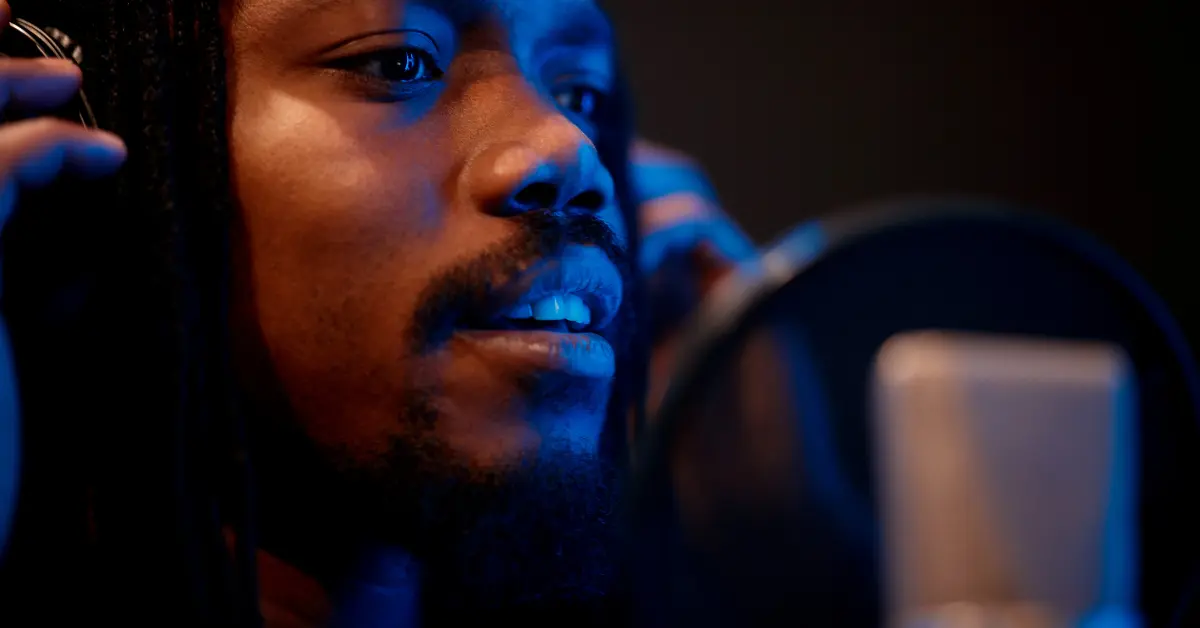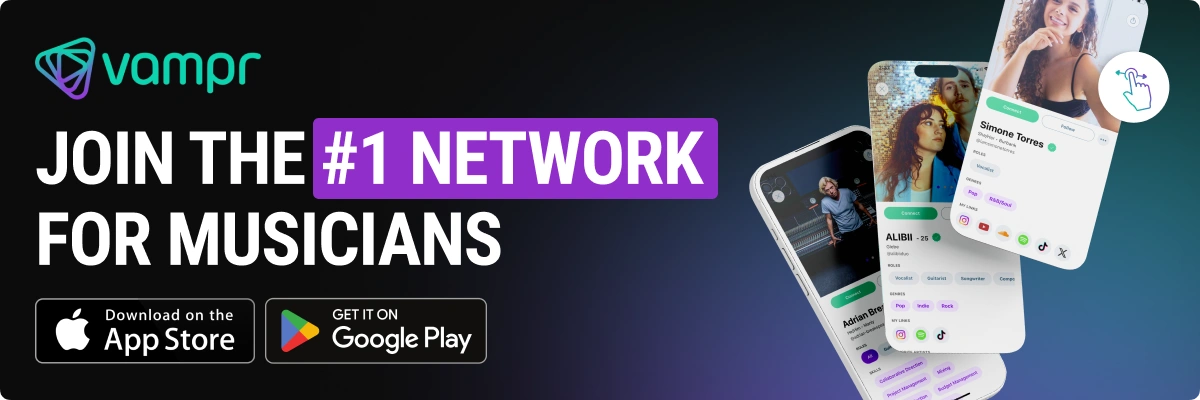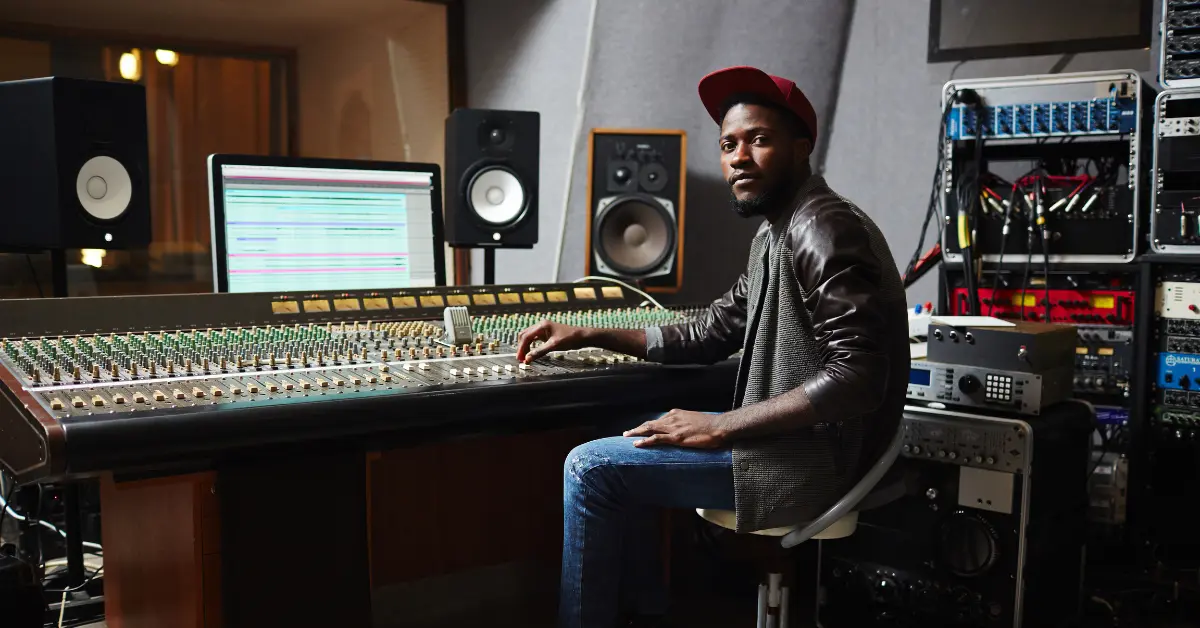Sync licensing is a pivotal aspect of the music industry, allowing artists to earn revenue by granting the rights to synchronize their tracks with visual media. This media can include films, TV shows, commercials, video games, and more. Essentially, when an artist’s song is played in the background of a video, they receive compensation. Music sync licensing is particularly important because it provides musicians with an alternative revenue stream beyond live performances and album sales. As the digital landscape expands, the opportunities for tracks to be used in various formats and platforms also grow, increasing the potential for artists to make significant income.
Sync Licensing for Independent Artists
Why Indie Music Is in High Demand for Sync Deals
Indie music has become a powerful force in the world of sync licensing deals, and its demand is steadily rising as content creators, filmmakers, and advertisers increasingly prioritize unique soundscapes that resonate deeply with audiences. Unlike mainstream tracks that might carry familiar hooks and commercial appeal, indie music often introduces listeners to fresh, raw talent and sounds that align perfectly with projects seeking a more authentic feel. Indie artists bring a unique artistic perspective, often conveying emotions and stories in ways that aren’t restricted by the typical demands of major record labels. This sense of freedom results in highly creative, varied music that appeals to audiences looking for something real and unpolished. Music supervisors and content producers see indie music as an essential ingredient in creating memorable scenes and evoking emotional responses, making it ideal for storytelling in film, TV, and advertisements.
Another compelling reason indie music is in high demand for sync deals is its cost-effectiveness. While securing rights to a well-known mainstream track can be costly, indie music provides high-quality options that fit more comfortably within the budgets of independent films, small businesses, or digital content creators. This cost advantage doesn’t mean compromising on quality; indie artists often deliver high-caliber production while maintaining an authentic sound, making their tracks highly attractive to projects with smaller budgets. Moreover, many indie musicians are open to negotiation and willing to collaborate with projects on a more personal level, which can lead to long-term partnerships and repeated licensing opportunities.
Sync Licensing vs. Traditional Music Sales and Streaming
For many artists, sync deals present advantages over traditional revenue methods like album sales or streaming. Unlike these older models, which often require substantial fan bases or major label backing to be profitable, sync licensing can provide consistent, upfront payments without the need for widespread fame. This setup is particularly advantageous for indie artists who can negotiate directly with music supervisors or through boutique licensing agencies focused on presenting unique tracks that big labels might overlook.
Flexibility and Control
Independent artists often value creative control and flexibility, and sync licensing for music tracks provides both. By engaging in sync deals, indies retain control over where and how their music is used, negotiating terms that respect their artistic integrity while capitalizing on commercial opportunities. This flexibility extends to negotiating the terms of use, duration, and exclusivity, empowering artists with the ability to shape their music’s commercial path while maintaining their independence.
Music Sync Licensing Services for Artists
Top Sync Licensing Platforms
The digital age has seen the emergence of the
best music sync licensing platforms specifically tailored to meet the needs of independent artists. These platforms act as intermediaries between musicians and music supervisors, providing a curated selection of tracks for various projects. Some of the best-known platforms are celebrated for their user-friendly interfaces, transparent terms, and the wide exposure they offer. By listing their music on these platforms, indie artists can significantly increase their chances of landing lucrative sync deals.
How Sync Licensing Services Connect Artists with Media Producers
Sync licensing services for artists play a crucial role in bridging the gap between independent musicians and media producers. These services typically have established networks and relationships with key industry players, making it easier for artists to get their music in front of influential music supervisors. They handle negotiations, ensure proper rights management, and sometimes even provide promotional support to enhance an artist’s visibility. This connectivity is vital for artists looking to break into competitive markets where personal networks and industry connections can often dictate success.
Key Features of the Best Sync Licensing Platforms
The most effective sync licensing platforms share several key features that make them attractive to both artists and music supervisors. These include a vast and diverse music catalog, straightforward search and filter tools, clear licensing terms, and robust support systems. Additionally, top platforms offer detailed track metadata, ensuring music supervisors can easily find music that meets specific emotional or thematic requirements. These
features collectively streamline the process of finding and securing the right music for projects, making these platforms invaluable to the sync licensing ecosystem.
How to Pitch Music Effectively on Sync Platforms
To pitch music effectively on sync platforms, artists need more than just great tracks—they need a well-thought-out approach that resonates with music supervisors and aligns with the specific needs of each platform. Below are essential strategies to enhance your music pitch and make a memorable impact:
- Understand the Platform’s Audience: Before submitting, research the sync platform’s specific audience and the types of projects it frequently attracts. Some platforms cater primarily to commercial advertising, while others might focus on film, TV, or video game projects. Understanding these nuances helps you align your music with the platform’s needs. Explore past placements and familiarize yourself with the genres, moods, and production qualities that resonate best with each audience. Tailoring your submissions increases their relevance and can catch the attention of music supervisors who value music that speaks to their project’s tone and target audience. Researching the platform also shows you’re serious about the fit, making a stronger impression.
- Quality Over Quantity: In the sync world, quality reigns supreme. Instead of submitting multiple tracks, focus on presenting a few that are meticulously produced professionally mixed, and mastered. Sync placements demand tracks that sound polished and ready for immediate use, so avoid sending anything that sounds unfinished or unrefined. One exceptional track is more impactful than several average ones. By prioritizing quality, you demonstrate your commitment to delivering music that can elevate the production values of a project. A carefully curated submission shows that you value the music supervisor’s time and are invested in presenting your best work, increasing the likelihood of getting noticed.
- Tag Effectively: Effective tagging is essential for discoverability on sync platforms. Keywords related to genre, mood, tempo, and even specific emotions can help music supervisors locate your tracks more efficiently. Think about the terms a supervisor might search for when looking for music that fits a specific scene or moment. Include descriptors that capture the essence of your track, from general categories like “upbeat” or “moody” to specifics like “synth-pop” or “acoustic guitar.” Avoid overly vague or misleading tags, as these can lead to frustration for supervisors and may hurt your credibility. Accurate tagging allows your music to reach the right people at the right time, increasing the chance of landing a sync placement.
- Stay Active: Sync platforms are dynamic environments, and staying active shows that you’re engaged and committed. Regularly update your portfolio with fresh tracks, as music supervisors often revisit familiar portfolios to see what’s new. Remove tracks that may no longer fit your brand or are less relevant, keeping your profile sharp and focused. Staying active not only keeps your music top of mind but also signals to potential clients that you are continually producing and open to new projects. Consistency in your updates also reflects dedication to your craft, making you a more appealing choice for supervisors who want reliable and current music options.
Mastering the art of pitching on sync platforms requires strategic thinking, commitment, and community engagement. These steps will help you stand out, make meaningful connections, and increase the chances of your music being placed in projects where it can shine.
Creating Versatile Music That Appeals to Music Supervisors
Music that is too niche or stylistically rigid often limits opportunities for placements. In contrast, music that incorporates flexible themes and versatile soundscapes is more likely to be picked up for multiple music sync licensing for independent artists. Composers should consider varying tempos, moods, and instrumentation to cater to a broad range of scenarios and media needs. Furthermore, understanding current trends in both music and media industries can provide valuable insights into what types of music are most likely to be in demand. Keeping track of popular genres in films and TV shows, as well as common musical themes used in commercials, can guide artists in crafting tracks that are both appealing and commercially viable.
Steps to Prepare Your Music for Sync Licensing
Registering with Performance Rights Organizations
PROs play a fundamental role in the music industry by ensuring that artists receive the royalties they are entitled to. For musicians looking to engage in sync placements for musicians, registration with a PRO is essential. These organizations track when and where music is used and collect royalties on behalf of the artist. This is crucial not only for domestic but also for international plays, providing a safety net that guarantees artists are compensated fairly across all platforms where their music appears.
Owning and Controlling Master and Publishing Rights
To successfully navigate the world of sync licensing for musicians, it is critical to own or control both the master and publishing rights to your music. This control empowers artists to license their music without needing to obtain permission from other rights holders, thereby simplifying the licensing process. Clear ownership ensures there are no legal hurdles that could potentially derail a licensing deal. Artists should have well-documented agreements to present a straightforward case to potential licensors, enhancing their prospects in the competitive sync market.
Ensuring High Production Quality
High production quality is non-negotiable in
sync deals for musicians. Music supervisors prefer tracks that are professionally recorded and mixed, as this minimizes the risk of technical issues during playback across various media. Clear documentation of all rights associated with the music is imperative. This includes ensuring that any samples or covers featured in the track are fully cleared for use. Such diligence not only protects against legal complications but also boosts the music’s marketability in the sync licensing realm.
Additional Benefits of Sync Royalties for Musicians
Boosting Visibility
When music is featured in popular media, it reaches a broader audience, often leading to increased streams and social media engagement. This exposure can open doors to new opportunities within and beyond the music industry, including live performances, collaborations, and additional sync offers from other networks or media outlets.
Driving Streaming and Downloads
The inclusion of an artist’s track in films, TV shows, or commercials often prompts viewers to seek out the song on streaming platforms or download it directly. An increase in digital engagement can lead to significant rises in royalty earnings from these sources, amplifying the overall financial success of the artist’s work.
Building Relationships with Media Industry Professionals
Effective networking enhances credibility and opens doors to placements that can significantly boost an artist’s career. To foster these relationships, musicians need to approach each interaction strategically, ensuring they bring value, maintain professionalism, and consistently follow up on new connections. Here are five ways:
- Attend Industry Events: Participating in industry events like music conferences, workshops, and panels provides artists with unique access to music supervisors, media producers, and other influential figures. These events are ideal for making initial introductions in a setting designed for networking. When attending, artists should be prepared with business cards or promotional materials, a concise introduction to their music, and an understanding of the key players in attendance.
- Leverage Social Media: Social media platforms are powerful tools for building connections in the music and media industries. By creating a professional profile that highlights their work, artists can connect with supervisors and producers who often use these platforms to discover new talent. Engaging with industry professionals by commenting on their posts or sharing relevant content can help artists stay on their radar. Regular updates about projects, successes, and industry insights demonstrate professionalism and make artists more memorable, increasing their chances of being considered for sync opportunities.
- Offer Value: Networking is a two-way street, and artists who offer genuine value are more likely to build lasting relationships. This value could be as simple as providing music that fits a project perfectly or sharing insights about music trends and emerging genres. By understanding the needs of media professionals and offering relevant solutions, artists position themselves as collaborative partners rather than just seeking a favor. Showing a willingness to support the work of others, even in small ways, can significantly enhance an artist’s credibility and desirability as a collaborator.
- Follow-Up: Sending a thank you note or a message that reiterates interest in future collaborations shows professionalism and appreciation. Artists can use these follow-ups to provide additional information about their music or even share a sample if they sense the interest. Regular but respectful follow-ups can keep artists on the radar of busy professionals, reminding them of the artist’s commitment and enthusiasm for potential projects.
- Stay Professional: Professionalism is the cornerstone of building trust in the industry. Musicians should present themselves as reliable partners who understand the business side of music licensing. This includes being punctual, clear, and concise in communication, and always prepared to showcase their music in a polished manner. First impressions matter, so artists should ensure that they reflect the quality of their work in every interaction. Professionalism goes a long way in establishing a reputation that will help artists secure and maintain valuable industry connections.
Cultivating relationships with media professionals involves consistency, genuine interaction, and mutual respect. By employing these strategies, musicians can develop a network that not only opens doors but also provides invaluable support and insight into the music sync rights landscape.
Through careful planning, understanding the sync market, and maintaining
high-quality production, artists can effectively use sync licensing as a key component of their career strategy. The process requires diligence and commitment but offers substantial rewards, making it a worthy pursuit for those looking to establish themselves in the competitive music industry. Embracing the complexities and opportunities of sync deals for indie musicians not only enhances an artist’s financial stability but also enriches their artistic expression and connectivity with audiences worldwide.
See why Vampr is the #1 app for music industry collaboration and networking
About Vampr
Vampr is the ultimate music networking app designed to help you connect with musicians and grow your career. As a leading music industry network, Vampr makes it easy to find music collaborators, join a band, or even find a jam partner. Whether you’re searching for band members or looking to expand your music community platform, this app for musicians streamlines music collaboration like never before. Ready to take your music to the next level? Start networking and create something amazing today!
Vampr makes online music collaboration effortless, helping you find a beatmaker, hire a music arranger, or work with a sound engineer all in one place. Whether you’re looking to find a composer, collaborate with EDM producers, or find a hip hop producer, this platform connects you with the right talent for remote music production. Need professional mixing? Vampr also helps you find a mixing and mastering service and find musicians for recording—so you can bring your music to life with ease.
Vampr is the go-to platform to get work as a musician and find paid music gigs—whether you’re looking for music jobs near me or remote music jobs you can do from anywhere. From landing paid gigs as a musician to securing opportunities to work as a session musician, Vampr connects you with the right people. Need industry support? You can also find a music manager or hire a music manager to help grow your career. Plus, if you’re looking to find a band to join, Vampr makes it easy to connect and start making music today!
Vampr is the ultimate indie musician networking platform, making it easy to find rock musicians, connect with EDM producers, or collaborate on pop music. Whether you’re looking to find hip-hop artists, connect with country songwriters, or find jazz musicians, Vampr helps you build the right creative team. Need to hire classical musicians, find metal band members, or work with electronic music producers?
Vampr is the place to discover and collaborate with talented artists across all genres!














